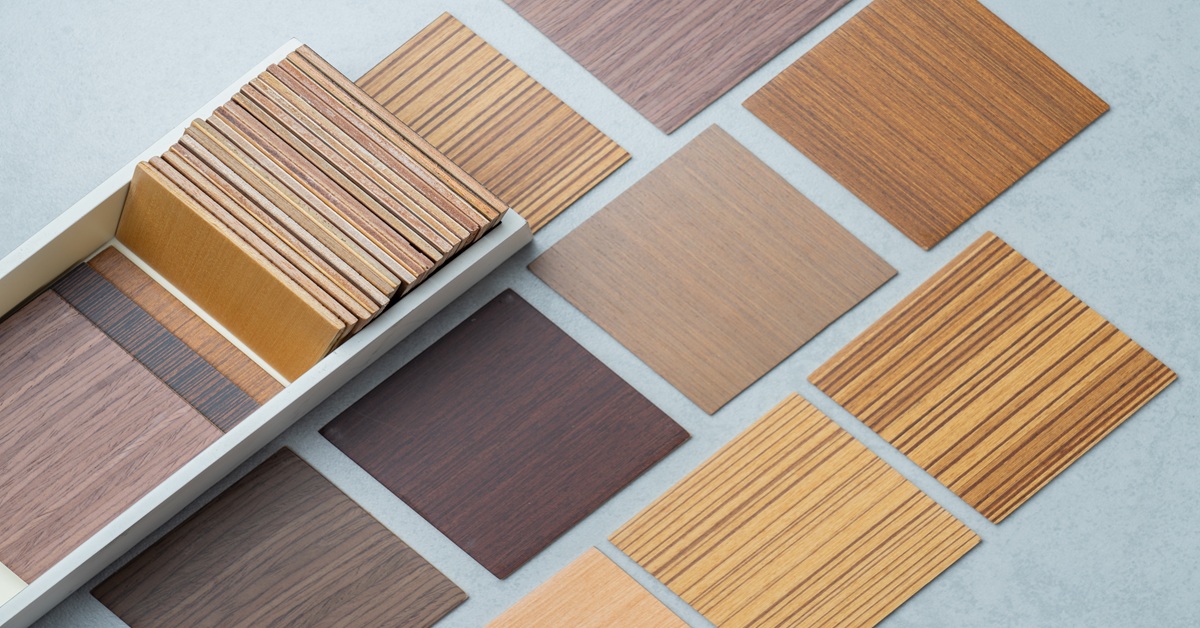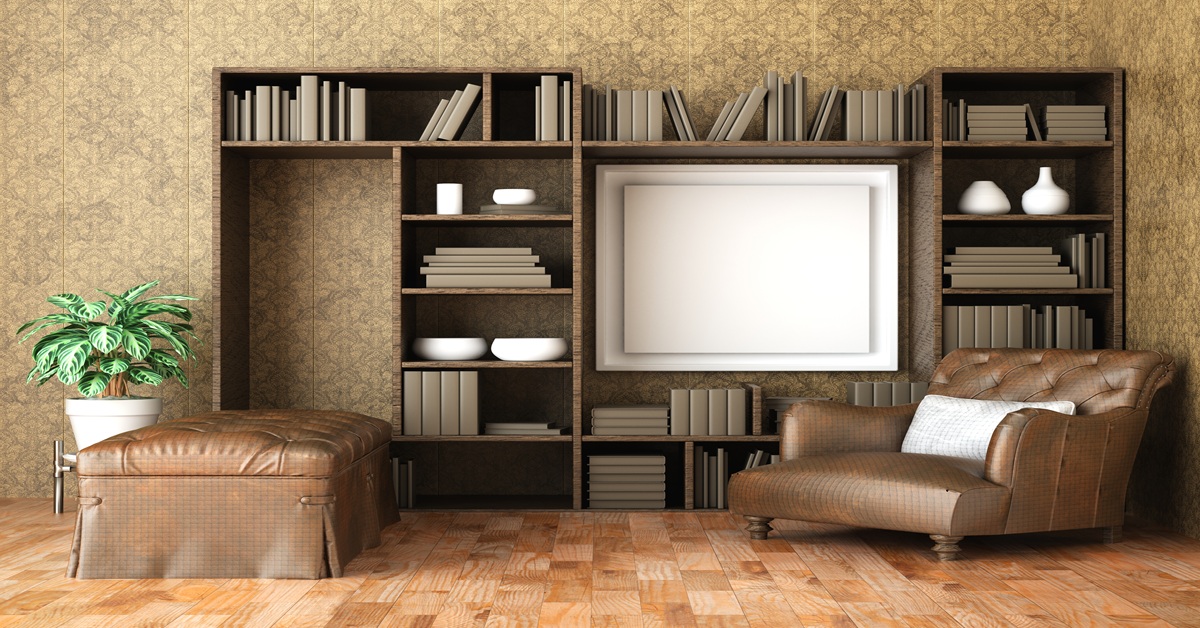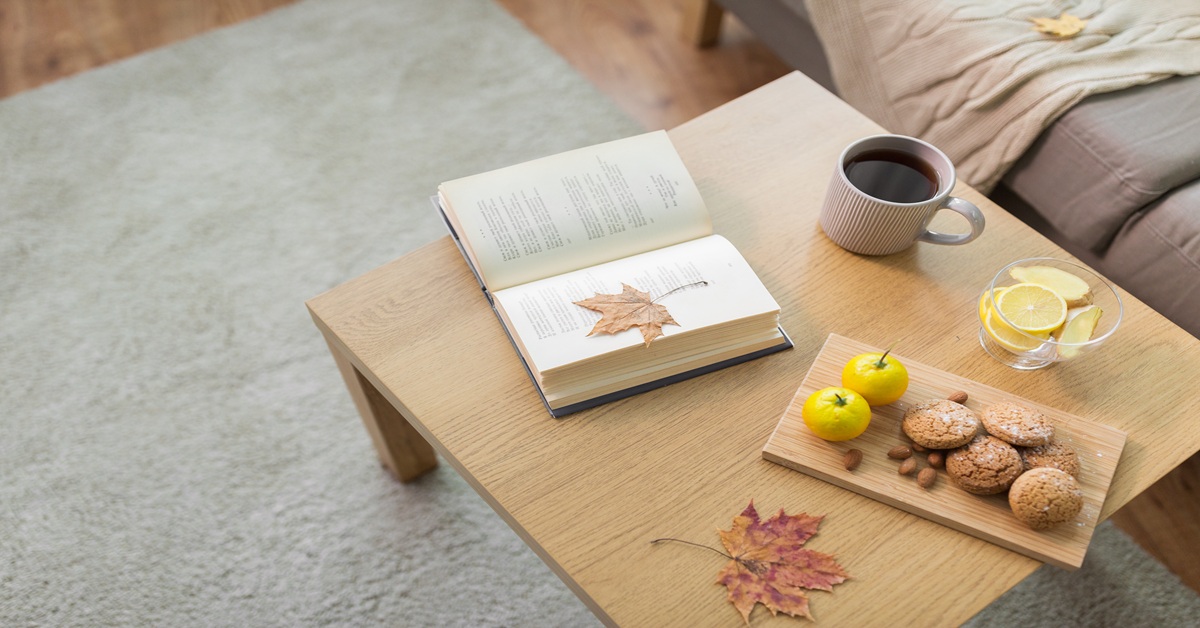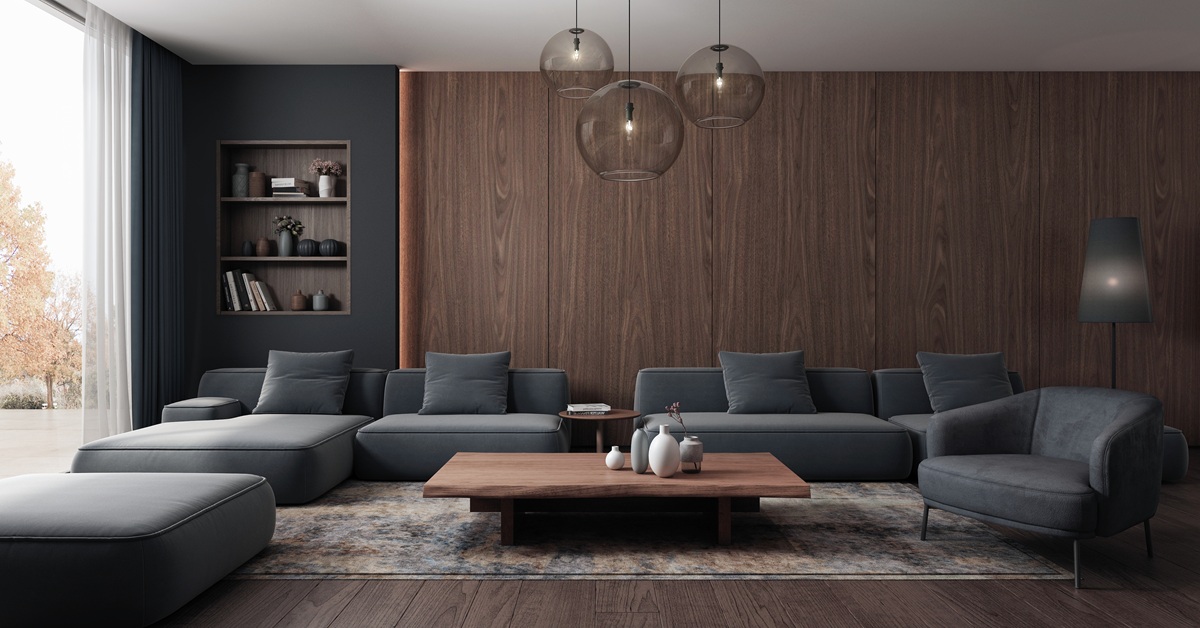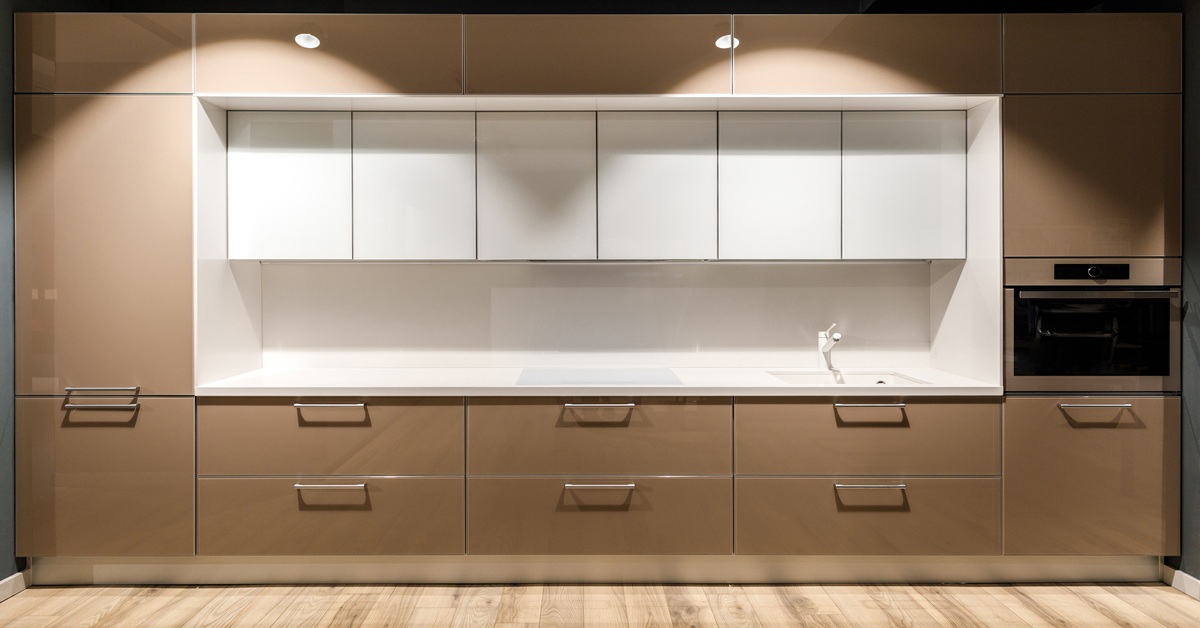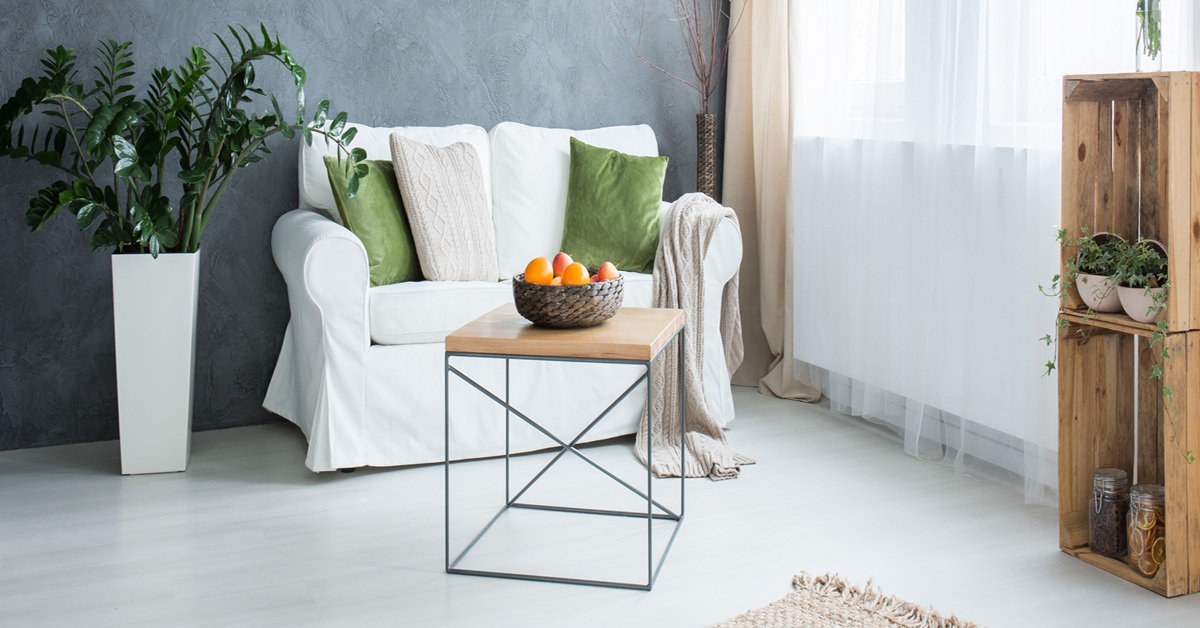Understanding the standard plywood sizes is important for budgeting your material efficiently and reducing waste when building projects. Although metric measurements are now common worldwide, in many areas, particularly North America, plywood size is still the usual language used in lumberyards and on construction sites. This blog will walk you through the usual plywood sizes in feet you will find, their popular uses, and important choices for your projects.
Table of contents
The Industry Standard Plywood Size in Feet: 4×8 Foot Sheets Everywhere
Investigating Other Common Plywood Sizes in Feet Available
Value of Plywood Thickness in Complement to Feet for Plywood Size
Advice on Handling Common Plywood Measurements in Feet
Wigwam ply: Offering the accurate plywood size in feet for your requirements
The Industry Standard Plywood Size: 4×8 Foot Sheets Everywhere
The most often used and readily accessible plywood size across several grades and thicknesses is 4 feet by 8 feet (plywood size). Practicality for a variety of building and woodworking uses has made this 4′ x 8′ (plywood size) dimension the industry standard. Its dimensions are usually in line with conventional frame stud and joist spacing, which simplifies installation and lessens the need for too aggressive cutting. This standard plywood dimension in feet is flexible enough for everything from building big furniture pieces and cabinets to sheathing walls and roofs.
For covering large distances with fewer seams, the 4×8 plywood size provides a noteworthy surface area—32 square feet. In uses like wall panelling or subflooring, where a smoother and more consistent basis is needed, this might especially help. Moreover, even if big, the 4×8 plywood size is still reasonable for handling and transportation by a couple of individuals, thus it is a sensible option for both experts and do-it-yourselfers. The first step in properly planning your material needs is realising the predominance of this plywood size.
Explore the range of plywood size in feet choices at Wigwam Ply.
Investigating Other Common Plywood Sizes in Feet Available
Although the 4×8 plywood size is ideal, various plywood sizes in feet are available to meet certain project needs and logistical issues.
Small projects, crafts, and when working in limited areas where manoeuvring a full-sized sheet is challenging find this smaller plywood size (16 square feet) to be typically preferred. Additionally handy for smaller vehicle transportation is the plywood size expressed in feet.
Offering even more convenience of handling and shipping, this plywood size (8 square feet) is perfect for small repairs, do-it-yourself tasks and template building. Many home improvement companies provide these smaller plywood size in foot panels easily available as “project panels”.
Although less frequent than the 4×8 plywood size, the 5×5 plywood size (25 square feet) is occasionally utilised in particular industries such as cabinet making and for some furniture designs. For some layouts, this square plywood might be effective for the best use of materials.
For projects needing huge, continuous surfaces with minimum seams, such as full-length flooring or certain architectural uses, some vendors provide plywood sizes in feet variants including 4×10, 4×12, and much greater. Still, these plywood sizes in feet can be more difficult to handle and move.
Value of Plywood Thickness in Complement to Feet for Plywood Size
Although knowing the plywood’s (length and breadth) is vital, the material’s strength, stability, and fit for a given application depend equally on the plywood’s thickness. Usually expressed in inches or fractions of an inch, plywood thickness choices run from:
- 1/8 inch (0.010 feet)
- 1/4 inch (0.021 feet)
- 3/8 inch (0.031 feet)
- 1/2 inch (0.042 feet)
- 5/8 inch (0.052 feet)
- 3/4 inch (0.063 feet)
- 1 inch (0.083 feet)
The structural need of the project will determine the necessary plywood thickness. Subflooring, for instance, usually calls for a thicker plywood thickness, say, 5/8″ or 3/4″, than cabinet backing, say, 1/4″. Always keep load-bearing needs and span distances in mind while choosing a suitable plywood thickness with respect to the plywood size.
Discover the perfect plywood size in feet to effectively and precisely realise your ideas for building and woodworking.
Advice on Handling Common Plywood Measurements in Feet
Working with standard plywood sizes efficiently helps to save time, cut waste, and guarantee superior project results.
- Measure Twice, Cut Once: Before deciding on the plywood size, to reduce cutting mistakes and material waste, precisely measure your project space.
- Plan your layout: Select the plywood size to maximise material use and reduce off-cuts before cutting. To visualise the cutbacks, consider using simple sketches or design software.
- Consider seam count: Using standard plywood size, find where seams will develop for large sections and design for suitable jointing techniques to guarantee structural integrity and a smooth finish.
- Transportation: Particularly with full 4×8 sheets, be aware of the plywood size you buy and make sure you have enough transportation and help for loading and unloading.
- Storage: Especially in humid regions, store plywood sheets flat and supported to prevent warping.
Wigwam Ply: Offering the accurate plywood size for your requirements
At Wigwam Ply, we appreciate the need to know the correct plywood size in feet for your projects. From the basic 4×8 sheet to smaller, more controllable sizes, we provide a complete spectrum of plywood size choices. Available in several thicknesses and grades, our premium plywood guarantees you have the ideal component for every use.
Discover the range of Plywood Size choices at Wigwam Ply and choose the ideal measurements for your next job!
FAQs
1. What is the most common plywood size?
Usually, standard plywood dimensions are 4 feet by 8 feet (4′ x 8′).
2. Why is the 4×8 plywood size accepted industry standard?
Its dimensions match conventional frame stud and joist spacing, therefore simplifying installation and reducing cutting requirements. It also offers a decent balance of surface area and sensible handling capacity.
3. Other than 4×8 feet, what are some more commonly used plywood sizes?
Typical measurements outside 4×8 are 2×4 feet, 2×2 feet (usually as project panels), and sometimes 5×5 feet. Larger dimensions spanning 4×10 and 4×12 feet are also available for certain needs.
4. Why is plywood thickness important apart from length and width?
Plywood thickness determines directly strength, stability, and suitability for load-bearing applications. Often offering less deflection and more strength, thicker plywood
5. How to handle normal plywood measures expressed in feet?
Before you buy, exactly measure your project space; plan your layout to minimise material use and minimise waste; consider seam position for large sections; make sure you have enough transportation and help for handling; maintain plywood flat to prevent warping.

